From Vincent Callebaut Architects, this impressive project is meant to navigate through the rivers in Europe in order to clean water and make it drinkable. Its name comes from “Physalia physalis”, meaning “water bubble”. It is a project whose idea came from a major global issue which is the fact that one billion people nowadays don’t have access to drinking water. The giant bubble will actually be a floating garden, completely independent in terms of energy. It is said that the prototype will even make more energy than that consumed. Solar cells and a double pneumatic membrane will form the roof of the construction and similar technologies will be used in order to reach its energy goal. Inside there will be four amazing gardens called “Water”, “Earth”, “Fire” and “Air”. The giant Eco gadget, once built, will be present on the waters of Seine, Thames, Volga, Danube, Escaut. We do not know when this incredible looking structure will be let lose, however we are looking forward to it.
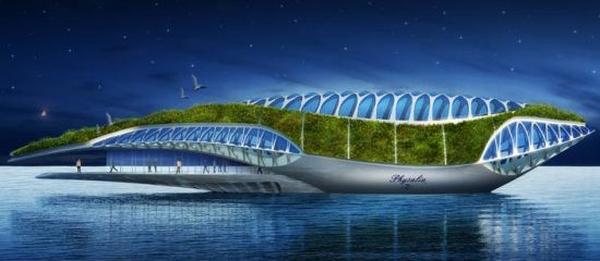
The Physalia produces zero carbon emissions thanks to its hydro-turbines, which transform the river’s energy into hydro-electricity. It is self-cleaning (and also cleans the water surrounding it) thanks to a covering of titanium dioxide. The TiO2 is supposed to absorb and recycle chemical and carbon byproducts produced by boats and industrial plants still running on fossil fuels via photocatalysis. The floating ecosystem also solves the problem of water scarcity via its bio-filtration systems (for a neat company already working on that, click here). The roof features a double pneumatic membrane covered by photovoltaic solar cells, as well as a green roof.
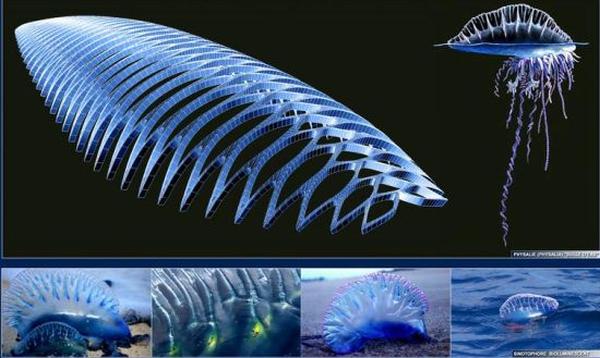
If this baby is ever built to specifications, expect to see the building transform into a cloud. Straight from the firm’s site:
“When the system of automatic irrigation works in “blue hours”, the architecture disappears in favour of an atmosphere. Actually, the project metamorphoses into a fog cloud with evanescent contour. The Physalia becomes therefore a perfumed evaporation space that seems to coil up the visitors in suspension inside.”
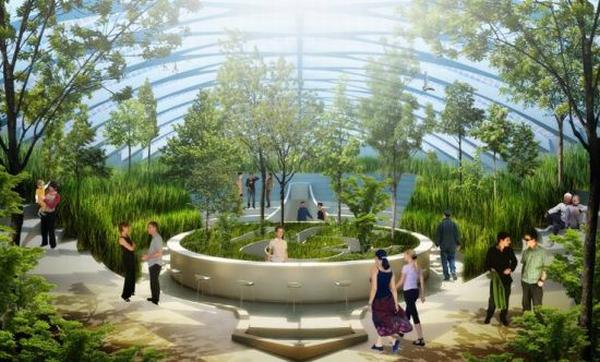
No word on the chemical make-up of the fog cloud is to be found, but it’s probably safe to assume that its production is also emissions-free and all-natural.
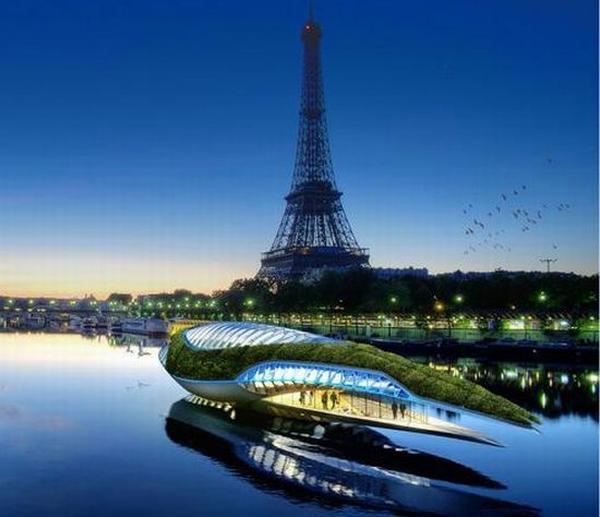
Though the viability of this solution has left me scratching my head (and many “green” architects create solutions to environmental problems that leave me scratching my head), we have to hand it to Mr. Callebaut for his creativity and focus on improving the world through design. In the meantime, take this futuristic concept for what it’s meant to be: inspiration based on actual technology, a symbol, and a goal.
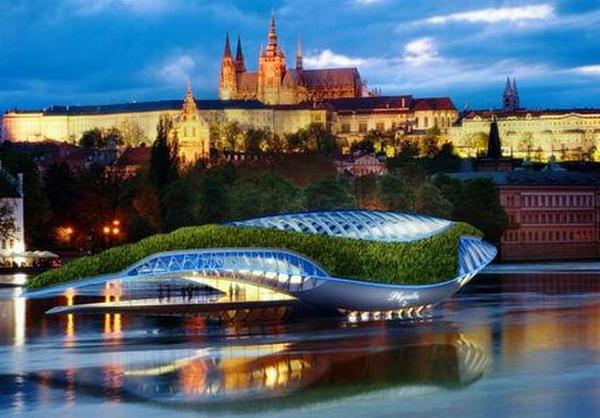
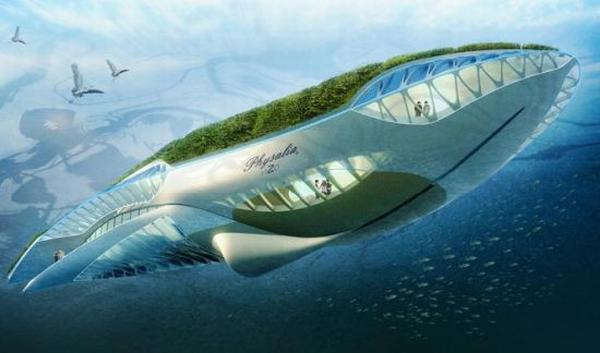
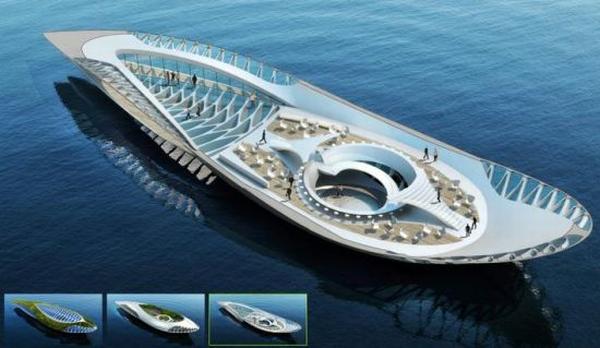
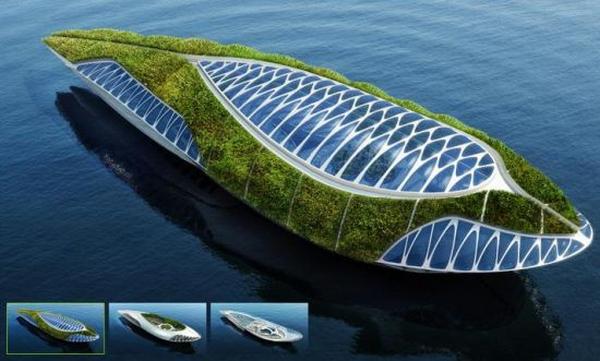
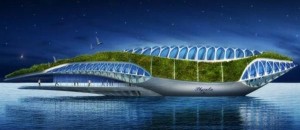
 Follow
Follow